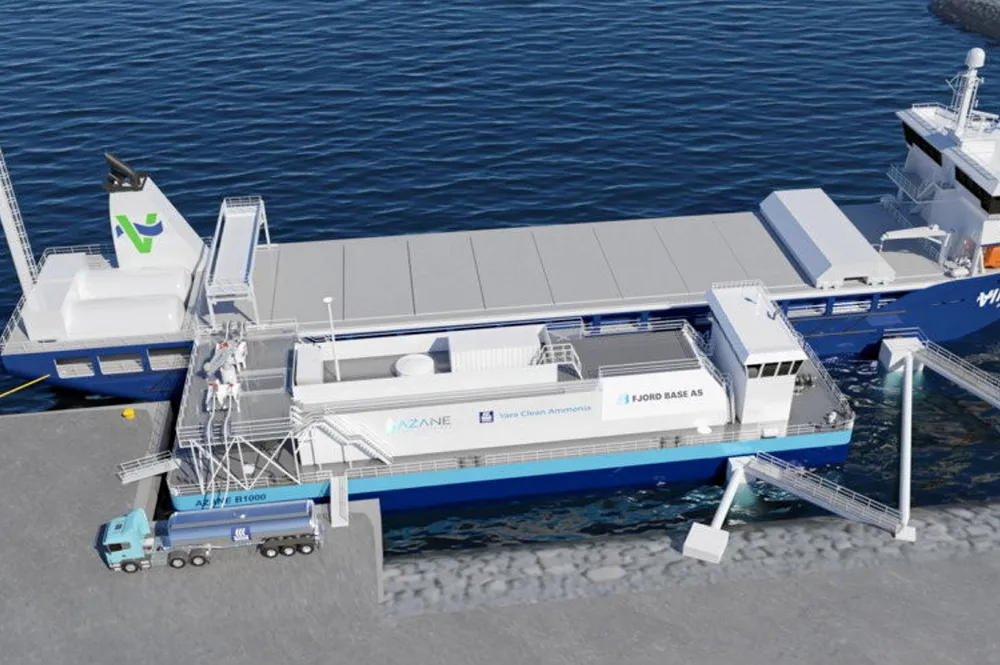Hydrogen in shipping | Safety regulators approve 'world’s first' ammonia bunkering facility
Chemicals giant Yara plans NH3 refuelling platform in offshore supply base that services 2,000 ships per year

Chemicals giant Yara plans NH3 refuelling platform in offshore supply base that services 2,000 ships per year
